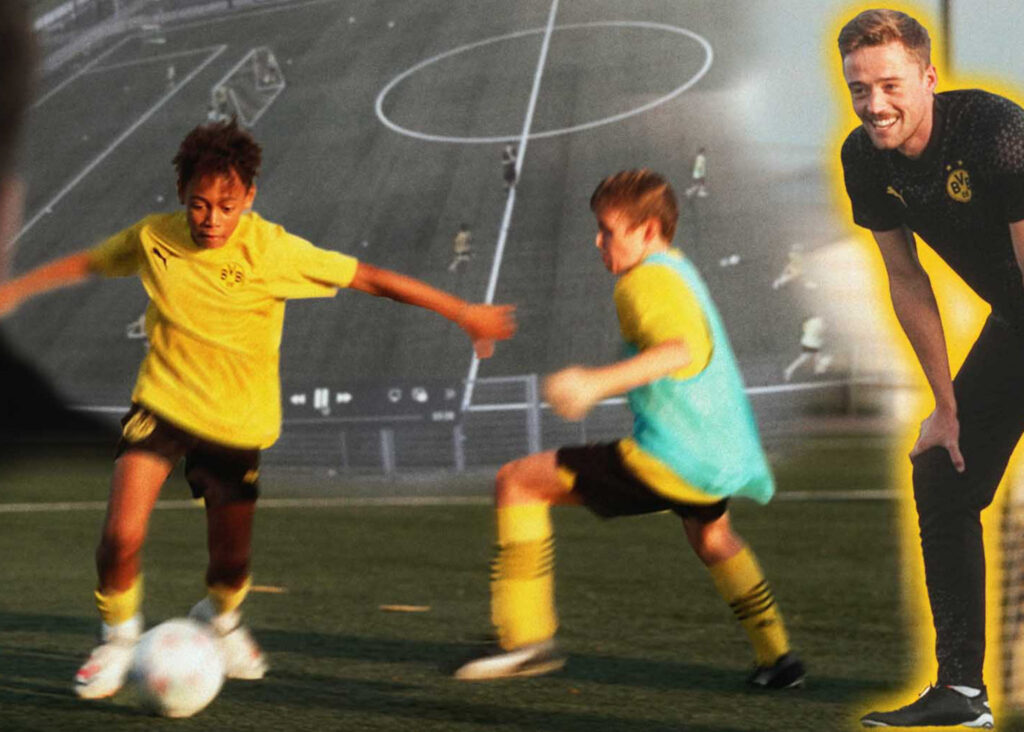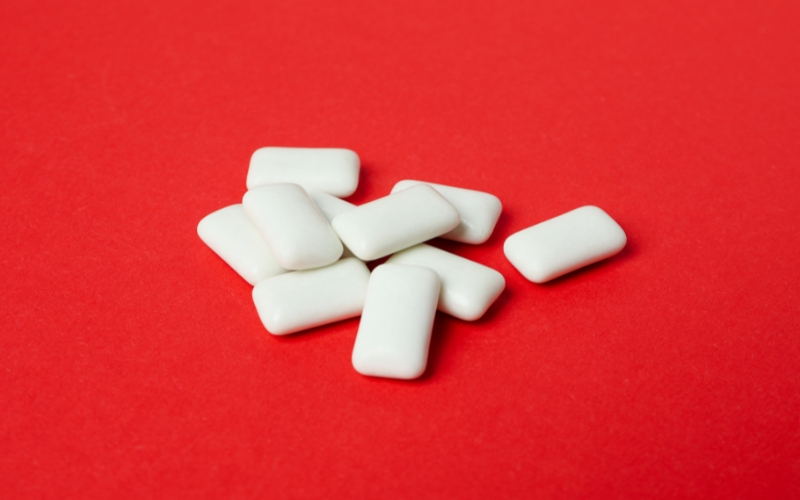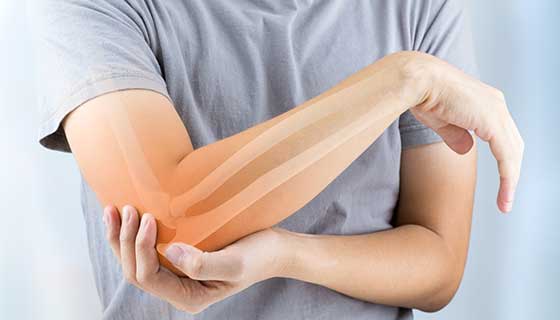This week in the world of sports science, here’s what happened…
- How Borussia Dortmund implement bio-banding in their youth academy
- Can chewing caffeine gum reduce fatigue?
- Sasha Birge’s UCL injury “cheat sheet”
How Borussia Dortmund implement bio-banding in their youth academy

A recent YouTube video produced by Borussia Dortmund illustrates the successful implementation of bio-banding within their youth academy. Over the past three years, the club has trained its players based on biological age rather than chronological age, which is determined by date of birth. The video highlights the limitations of traditionally grouping youth players by chronological age, as they may be at different developmental stages during puberty, leading to unfair assessments.
The video provides an insightful behind-the-scenes perspective on how the staff at Borussia Dortmund record various metrics to categorise players into bio-banding groups. The players within the under-12s, under-13s, under-14s, and under-15s categories are divided into three teams according to their biological ages. These teams compete against others that apply similar bio-banding criteria. The youngest biological group participates in seven-a-side matches, the middle group plays nine-a-side, while the oldest group competes in eleven-a-side matches.
Through this approach, Borussia Dortmund aims to address the needs of their players, acknowledging both early and late developers. The video clearly indicates that players, coaches, and parents are fully supportive of the bio-banding methodology being adopted, which is often a significant challenge in implementing such practices.
This video is an invaluable resource for those interested in effectively introducing and executing bio-banding.
Can chewing caffeine gum reduce fatigue?

In a recent study involving sprinters, the potential advantages of caffeine chewing gum were brought to light. The study employed a double-blind, randomised crossover design, grouping sprinters into two groups. One group chewed a gum containing 3 mg/kg of caffeine for 10 minutes, while the other group chewed a placebo gum with no caffeine.
Fifteen minutes after gum chewing, the sprinters underwent an anaerobic sprint test, involving six maximal 35-meter sprints with 10 seconds of rest between sprints, to measure the fatigue index. Subsequently, the sprinters rested for 30 minutes before engaging in a 400-meter sprint test.
The findings revealed a significant reduction in fatigue and a noteworthy improvement in the 400-meter sprint time when the sprinters chewed the caffeine gum. The researchers suggest that the caffeine in the gum may elevate saliva α-amylase concentrations, potentially activating sympathetic nerves, and thereby, accounting for the observed decrease in fatigue index.
This study presents promising evidence that pre-exercise caffeine gum supplementation may alleviate fatigue and enhance speed maintenance. Furthermore, athletes may find chewing gum a preferred method for caffeine intake, as opposed to consuming it through food or beverages. If you would like to learn more about the benefits of caffeine and how to build a caffeine strategy, check out our course: Caffeine
Sasha Birge’s UCL injury “cheat sheet”

Sasha Birge, a highly regarded physiotherapist at VALD, has received significant positive recognition on LinkedIn for his recent post of an Ulnar Collateral Ligament (UCL) “cheat sheet.”
Birge’s cheat sheet encompasses comprehensive information regarding the primary and secondary impairments associated with UCL injuries. It meticulously details a variety of diagnostic tests along with insights derived from these assessments. The document includes an extensive range of evaluations related to joint range of motion, isometric strength, and load-bearing capacity.
For individuals engaged in the rehabilitation of a UCL injury, Birge’s cheat sheet (here) serves as an invaluable resource for enhancing the recovery process.
From us this week:
>> New course: Speed Training
>> New podcast: Give Your Groin The Attention It Deserves
>> New infographic: Is There A Better Exercise Than Nordics For Training The Hamstrings?
>> New article: Hydrotherapy
Access to a growing library of sports science courses
SFS Academy is an all-access membership to premium sports science education.
With SFS Academy, you’ll learn from some of the best coaches around the world as they teach you how to apply the latest research and practice with your athletes.




